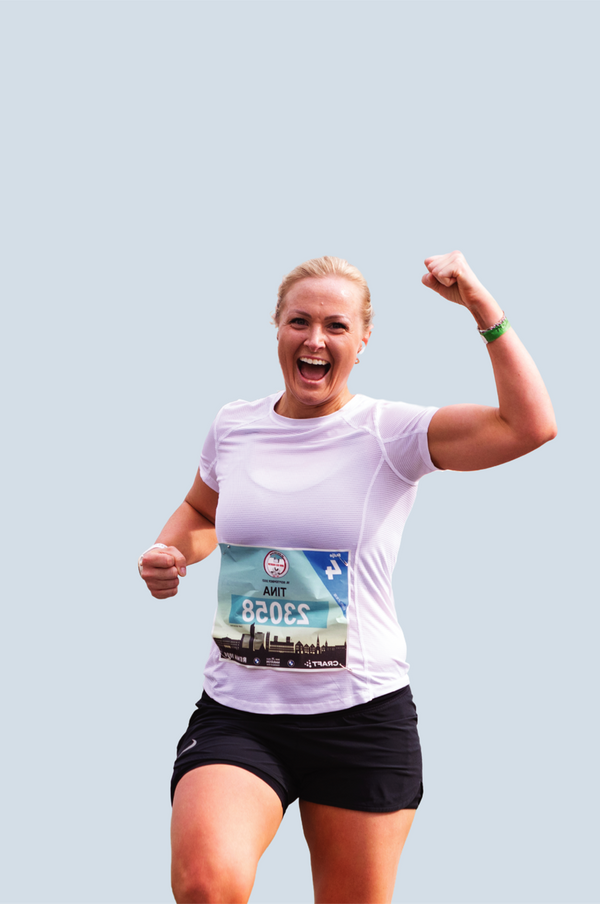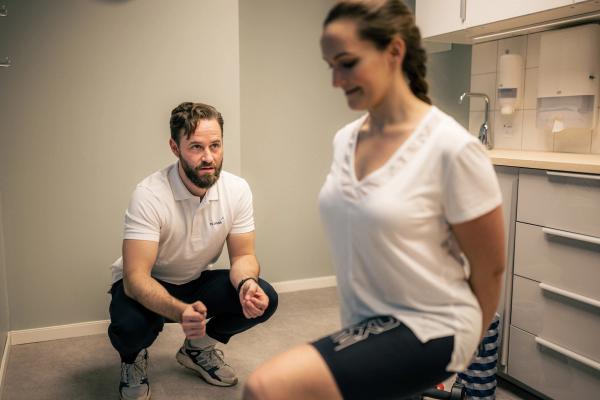When you feel that your body is ready for it, you can gradually resume training that involves low-intensity movement and short sessions that allow you to recover, for example going for a walk, swimming or cycling. This is to ensure increased blood flow to the muscles so that further breakdown of the body is avoided.
Within 1-3 weeks, you can usually start to gradually build up your training amount to normal training, depending on your running experience and the length of the race. Here it is important to listen to your body so that you get the most gentle possible adaptation to increased intensity and amount of training.
In order to rebuild the body, it is also very important to fill up with plenty of fluids and nutritious food.



